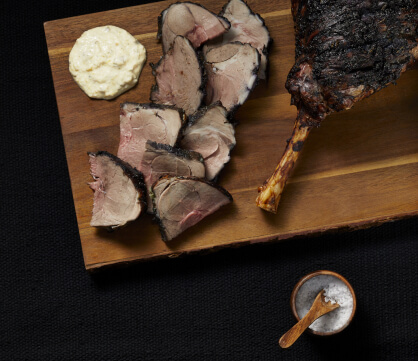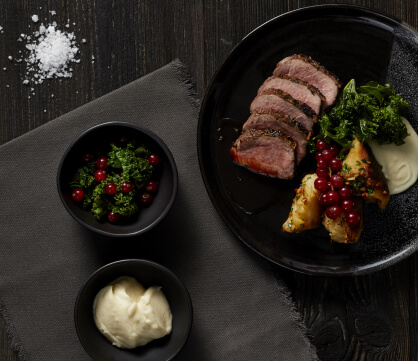About Icelandic Lamb
Purebred sheep graze freely on Iceland's lush pastures, infusing the meat with delicate flavors of berries and herbs. An integral part of Icelandic tradition, its taste is truly unparalleled.
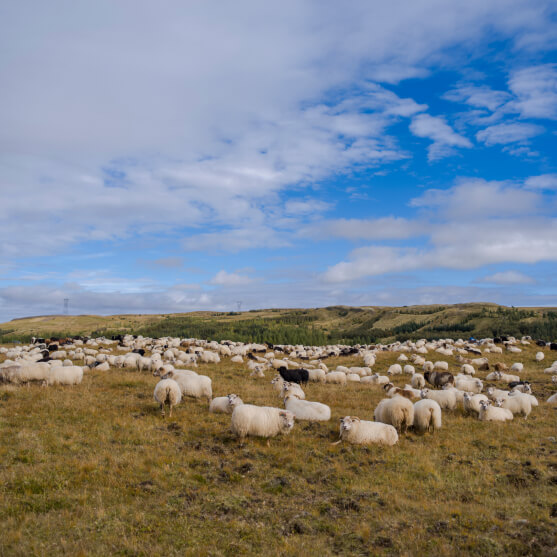
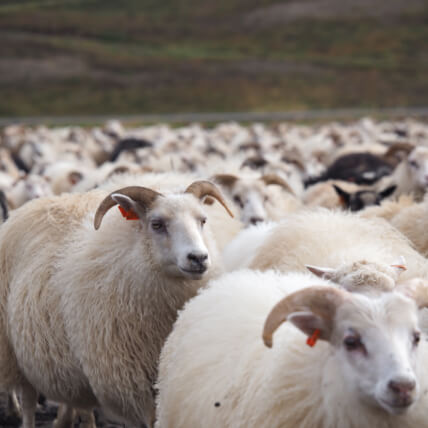
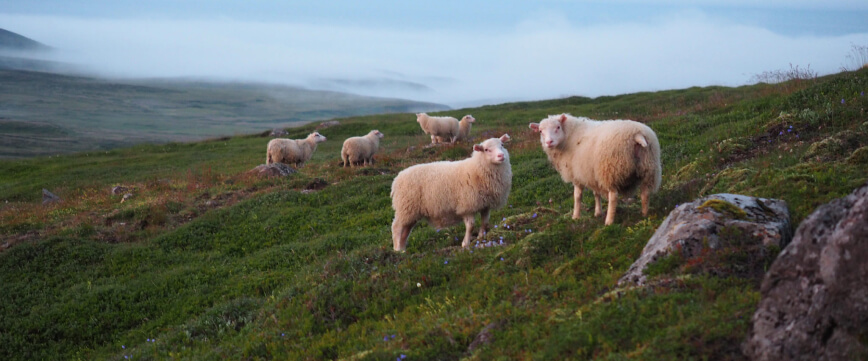
When the Vikings first arrived in Iceland over 1,100 years ago, they introduced their breed of sheep to the island’s lush green pastures.
This marked the start of a sheep-farming tradition that has been passed down through generations of Icelandic people.
They continue to keep the tradition alive by releasing the newborn lambs to graze freely on the island in the spring and gathering them in the fall.
Icelandic lambs roam the rolling valleys and mountain pastures of Iceland’s untouched, nutrient-rich landscape.
They are entirely free-range, raised without antibiotics, growth hormones, or GMOs, thriving solely on the natural goodness of the environment.
The sheep feed on lush grasses, herbs, and berries, constantly seeking fresh vegetation and pure Icelandic spring water as they move between lowlands and highlands.
This natural cycle produces lamb that is consistently high-quality, tender, and free of unpleasant odors.
In 2018, Icelandic lamb was granted Protected Designation of Origin (PDO) status by the EU, recognizing its unique production process.
Icelandic lamb is a globally recognized specialty, prized for its exceptional flavor and quality.
